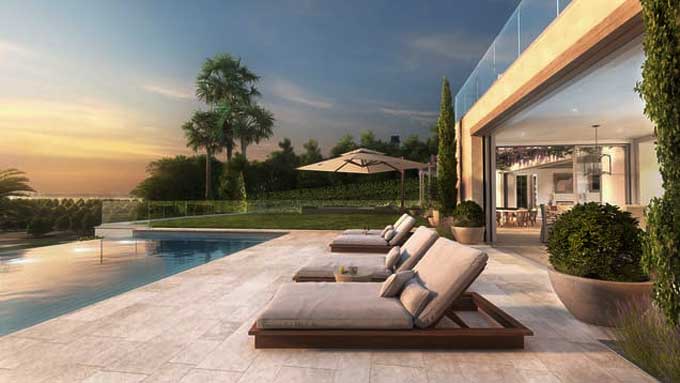Some Key features of V-ray Rendering Software for SketchUp

Among the most popular 3D design and CAD programs, V-Ray is a 3D rendering plugin that is available on most of them. By using V-Ray, you can create and share high-quality 3D visualizations of your projects in real-time by using ray tracing and seeing high-quality data in real-time.
Among the most common applications of this technology are architectural visualization, advertising, and visual effects for films and television. A large community of users has gathered around V-Ray, a tool that is known for its incredible versatility and for its large user base.
Some innovative features of V-Ray
There are many rendering software programs available on the market, but Vray for Sketchup is one of the most widely used. V-ray is coming out with its latest edition soon and with new features being added with the new editions of the software, there are some major improvements to the software that are being made which will help designers take their virtual worlds to new heights of reality with the new editions of the software.
Below mentioned some of the innovative features of V-Ray render proving its compatibility for SketchUp users:-
Dome Lightning effect
Skylight Portals do not need to be installed anymore with the aid of the Adaptive Dome Light. It is automatically controlled by the program to determine which parts of the environment should be sampled and which portions should be ignored.
Using this method makes it a lot easier to set up as well as a lot more efficient, which allows us to pick up much more accurate light samples. In addition to the above, this also helps to reduce the amount of time and effort that it takes to render scenes with many lights and image-based light sources.
Light Gen feature
In addition to providing thumbnails of your SketchUp scene, Light Gen is a new feature within the V-Ray software that automatically generates lighting scenarios for each thumbnail of your SketchUp scene. By simply choosing the final appearance of the models you would like to render, you will be able to start rendering.
Vision feature of V-Ray
The V-Ray vision program allows you to move and adjust lightning, apply materials, make color corrections, and more. Using live, real-time views, you can edit and iterate instantly, and collaborate remotely with your team. Additionally, by clicking on a button, you can have the ability to create an animated spherical panorama image for virtual reality, capture screenshots, and export animations.
Skatter feature
As a result of Skatter, all scattering information is sent directly from SketchUp to the rendering engines without having to use SketchUp itself. Thus, you can keep your file lightweight and responsive, while holding the ability to render a large number of objects even if it has a large amount of objects in it.
It is also possible to create detailed terrains using scatter objects in a memory-efficient way by using Chaos Cosmos and Chaos Cosmos. You can customize many different orientations of the device based on its various in-built parameters, as per your requirements.
Decal feature in V-Ray
There is an easy way of projecting one material on top of another in Vray Decal without having to worry about the target UV set on the material. In order to control the size, placement, and projection of the projected material in the Viewport, a Vray Decal gizmo is used that can be adjusted.
The tool also facilitates the use of unique materials that can be projected onto objects of any shape in order to create effects such as creative graffiti on the wall, road markings on a road, innovative logos on a product, and various other activities.
To learn more, watch the following video tutorial.
Video Source: Architecture Inspirations
Cloud storing facility
As the cloud computing platform of V-Ray, V-Ray Cloud makes any workstation a powerful supercomputer, letting users harness the unlimited power of the cloud in order to meet deadlines and render faster than ever before.
Fur feature in V-ray
Using V-Ray Fur, you can create procedural fur in a very simple way. As the fur is generated only during the rendering process and is not actually present in the scene, the viewport becomes faster and the rendering time is reduced. Rather than simulating grass or textile fibers, V-Ray Fur is most often used to simulate the appearance of grass.
Frame buffer in V-Ray
V-Ray for SketchUp users can use this feature in order to track the history of render and to fine-tune colors, exposures, render elements, and more, directly in V-Ray's frame buffer, which allows for the most efficient workflow.



